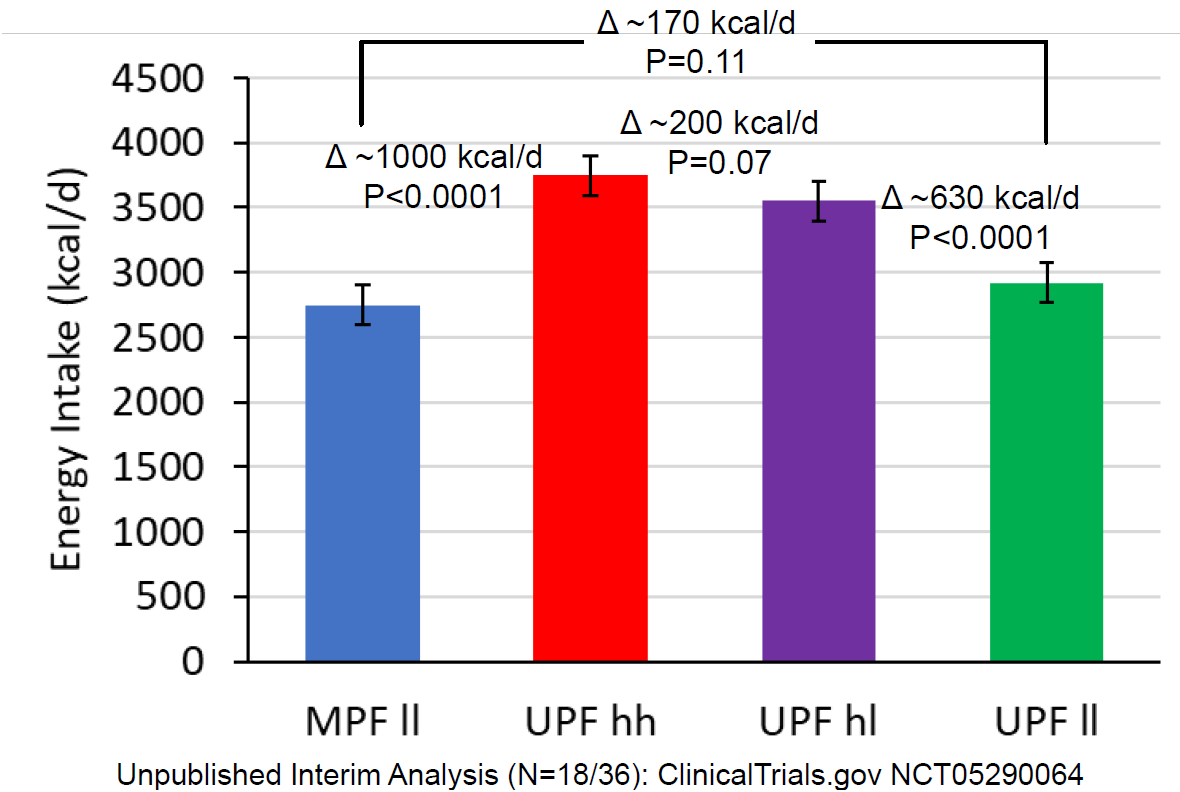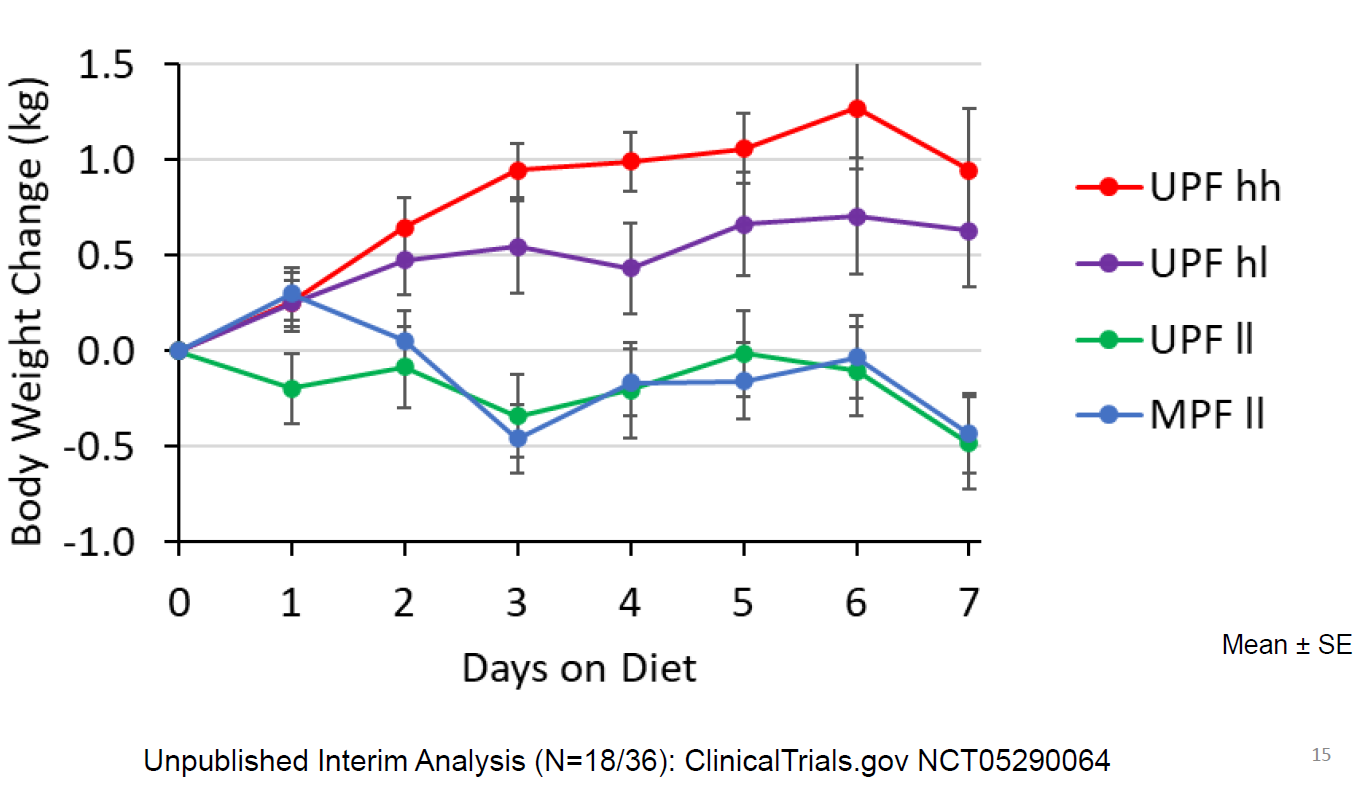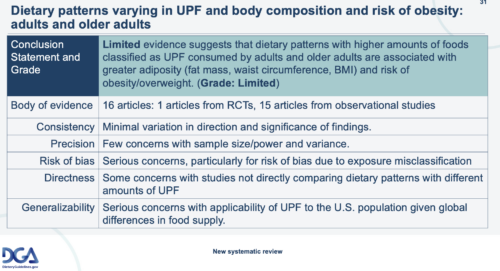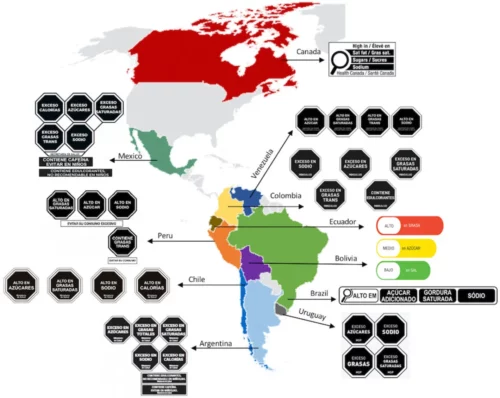California is considering banning ultra-processed foods from schools: Really.
The California Assembly has passed a bipartisan bill banning harmful ultra-processed food in schools
California is one step closer to becoming the first state in the nation to ban unhealthy ultra-processed foods in public schools under bipartisan legislation approved today by the state Assembly. AB 1264, introduced by Assemblymember Jesse Gabriel, directs the California Office of Environmental Health Hazard Assessment (OEHHA) to define ultra-processed foods and identify particularly harmful ones to be phased out of schools by 2032. The legislation is co-sponsored by Consumer Reports and the Environmental Working Group.
Whether this will go any further remains to be seen. The bill sets an ambitious agenda:
The bill defines ultra-processed foods as those that contain one or more certain functional ingredients, including colors, flavors, sweeteners, emulsifiers, and thickening agents. OEHHA would be required to identify ultra-processed foods considered particularly harmful based on whether peer-reviewed evidence has linked the substance to cancer, cardiovascular disease, metabolic disease, developmental harms, reproductive harms, obesity, Type 2 diabetes; whether the substance is hyper-palatable or may contribute to food addiction; and whether the food has been modified to be high in fat, sugar and salt.
I assume this has to go to the Senate and be signed by the governor, so at the moment this is still wishful thinking.
I hope it passes, not least because I can’t wait to find out how its authors think the state will go about identifying the specific foods blocked from schools.
In the meantime, it will be fun to watch the lobbying.
________________
Published this week! Information is here.






